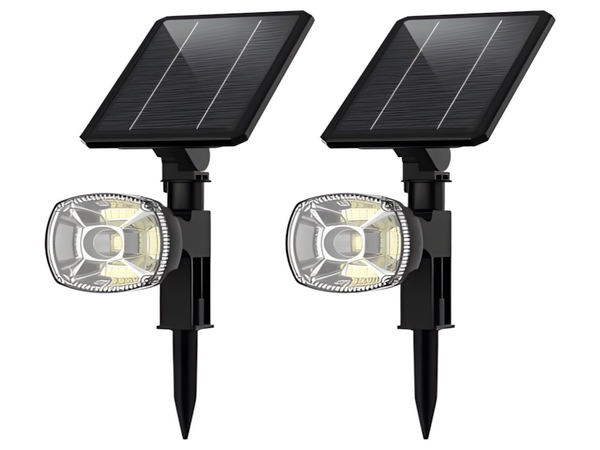
Nowadays, solar street lights are favored in both urban and rural lighting. There is an increasing number of users who are learning about solar street lights. Some consumers tend to prefer high configurations when purchasing solar street lights, which is not a scientific approach. Today, the solar street light manufacturer will explain the selection of solar street light solar panels.
Currently, the solar panels we use are divided into monocrystalline silicon and polycrystalline silicon. First, we need to understand their concepts. Monocrystalline silicon is a single crystal of silicon, which has a fundamentally complete lattice structure. Different directions have different properties and it is a good semiconductor material. The purity requirement can reach 99.9999% or even over 99.9999999%. Polycrystalline silicon is a form of elemental silicon. When molten elemental silicon solidifies under supercooled conditions, silicon atoms arrange into many crystal nuclei in a diamond crystal lattice form. If these nuclei grow into grains with different crystal orientations, then these grains combine to crystallize into polycrystalline silicon.
The differences between polycrystalline and monocrystalline silicon are primarily reflected in physical properties. For instance, the anisotropy of mechanical, optical, and thermal properties is not as pronounced in polycrystalline silicon as in monocrystalline silicon. Currently, the photoelectric conversion efficiency of monocrystalline silicon solar cells is about 17-24%, while that of polycrystalline silicon is typically 14-19%. Monocrystalline silicon performs better than polycrystalline silicon. In terms of price, monocrystalline silicon tends to be more expensive than polycrystalline silicon.

It is unrealistic to think that a high conversion rate necessitates the choice of monocrystalline silicon, as each type of silicon wafer is available in many grades. For example, Tier A polycrystalline silicon may have a better photoelectric conversion rate than certain lower-grade monocrystalline silicon options, and it is often more affordable. Furthermore, solar street lights are part of a photovoltaic system, and while individual components can enhance specific product performance, it is essential to consider the overall performance. Therefore, it is recommended to comprehensively assess the strength, craftsmanship, and relevant parameters of the solar street light manufacturer to make the right choice.

—Bitpott solar street light manufacturer focuses on technological quality as its core competitiveness. If you are interested in outdoor engineering lighting or have any inquiries, feel free to contact our customer service. We provide comprehensive service as a thoughtful purchasing consultant.



